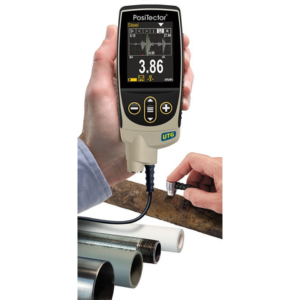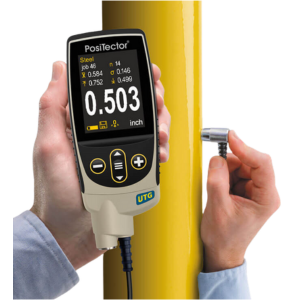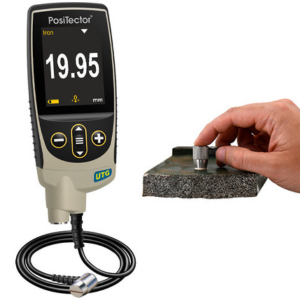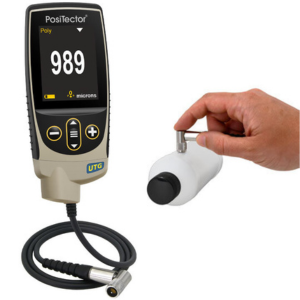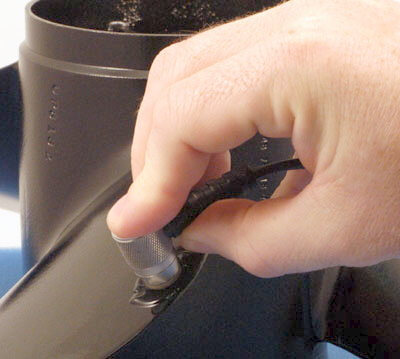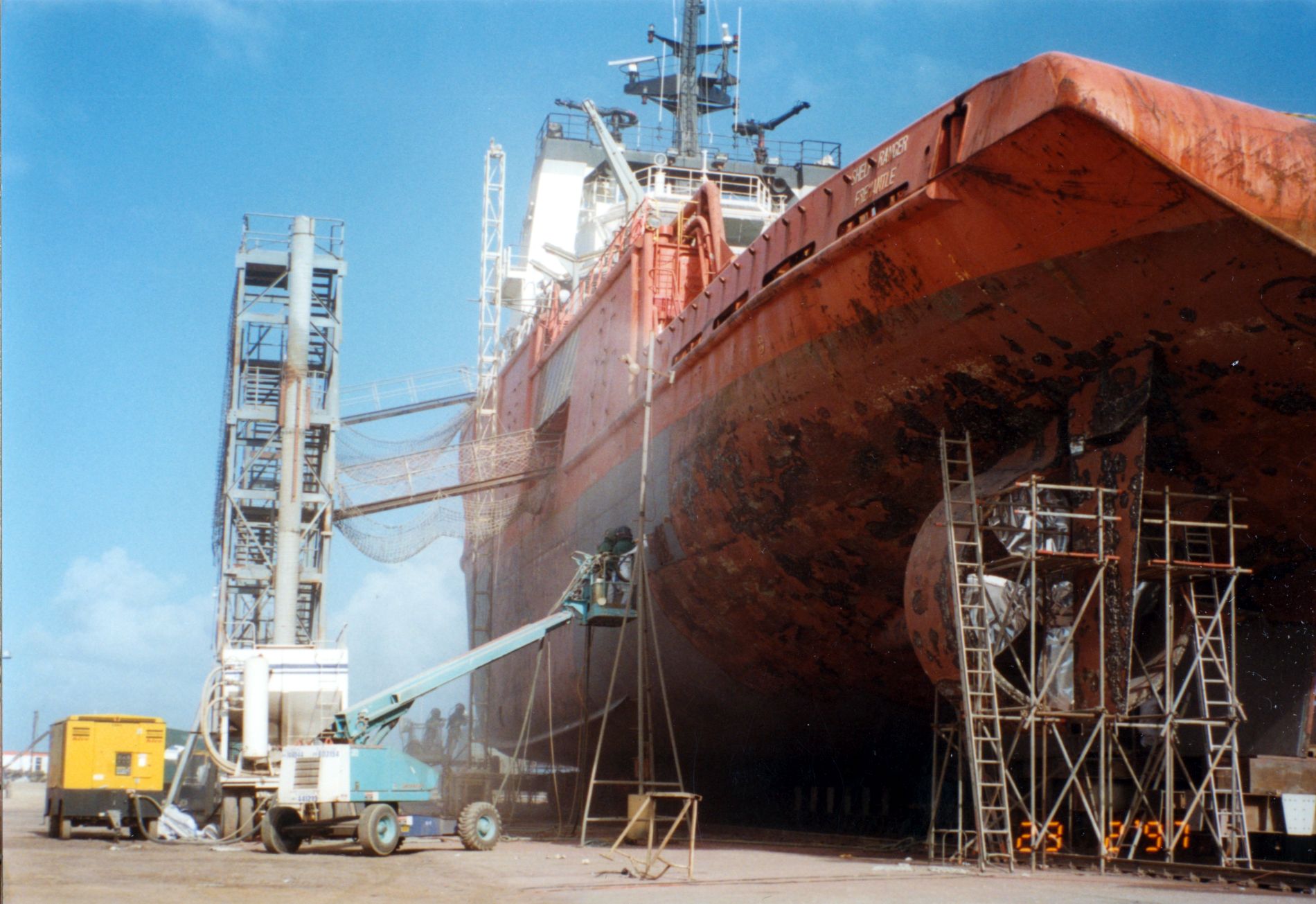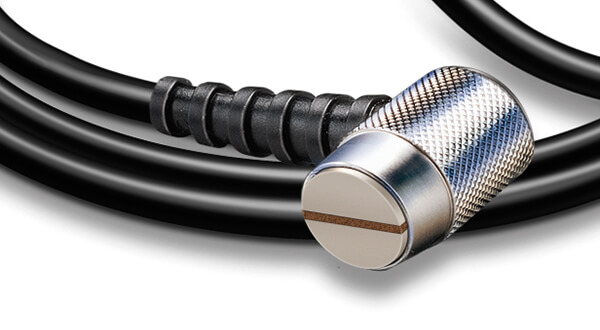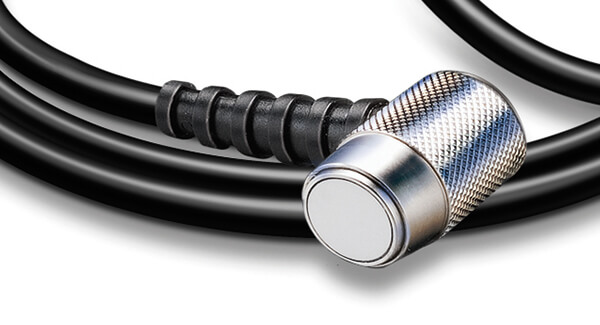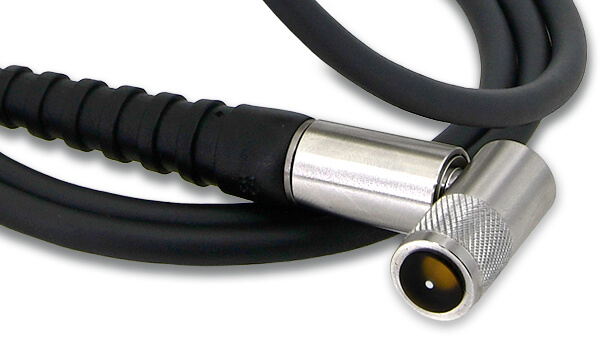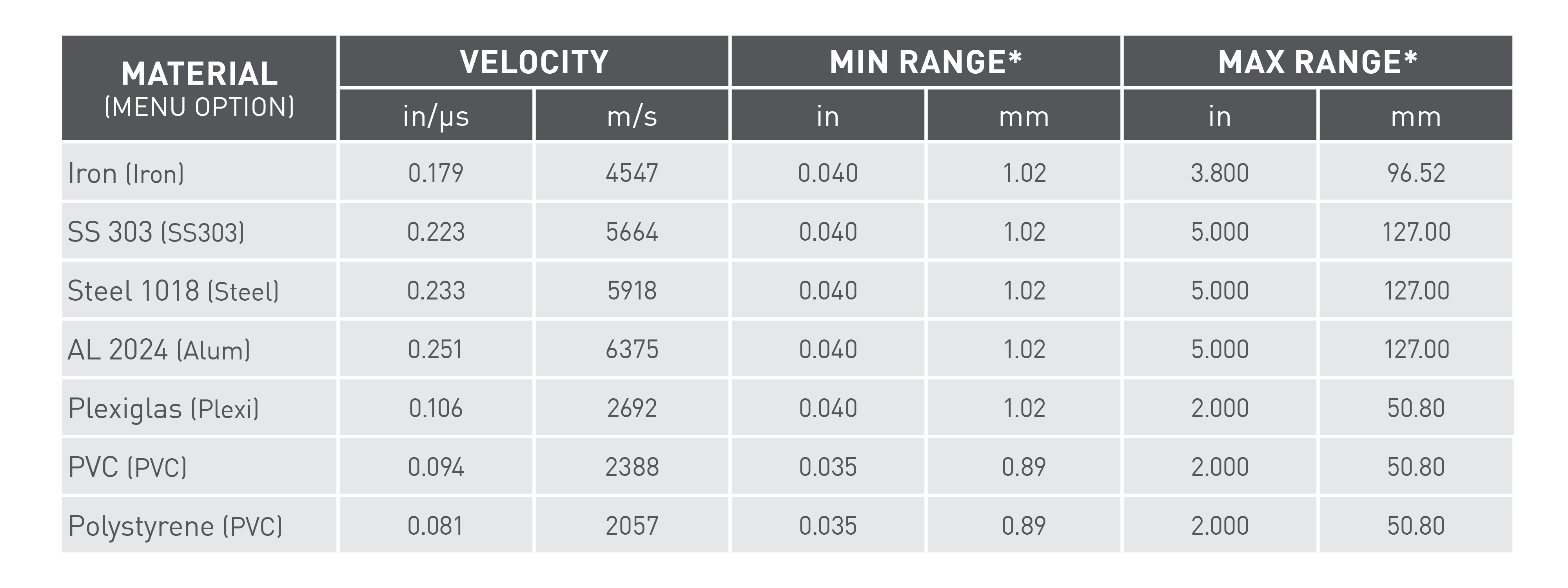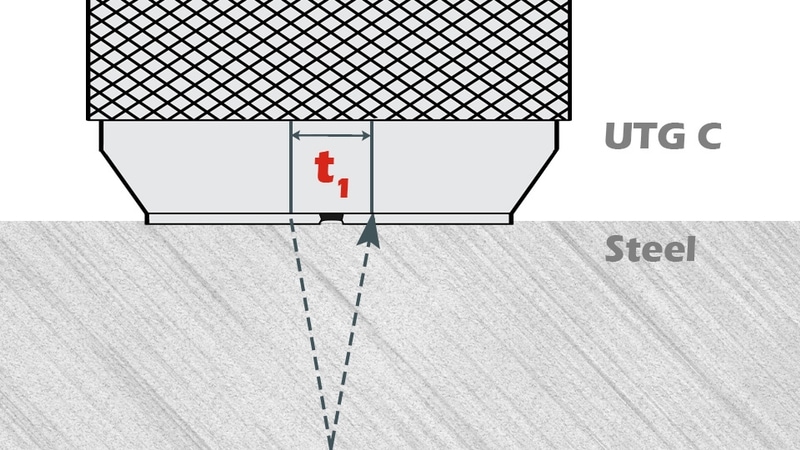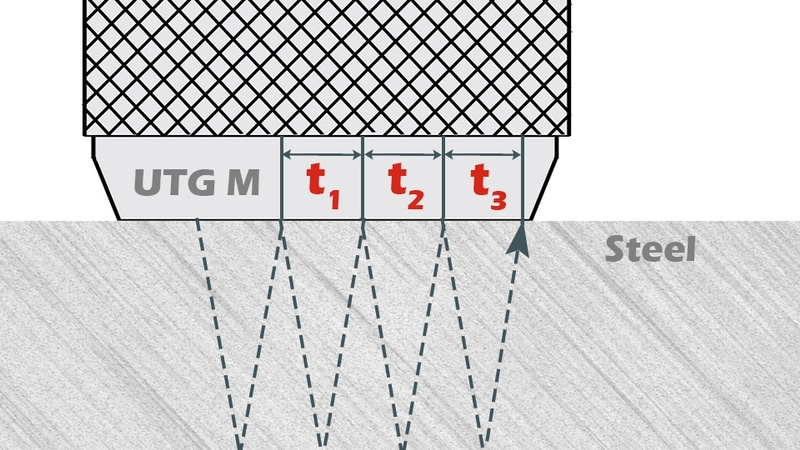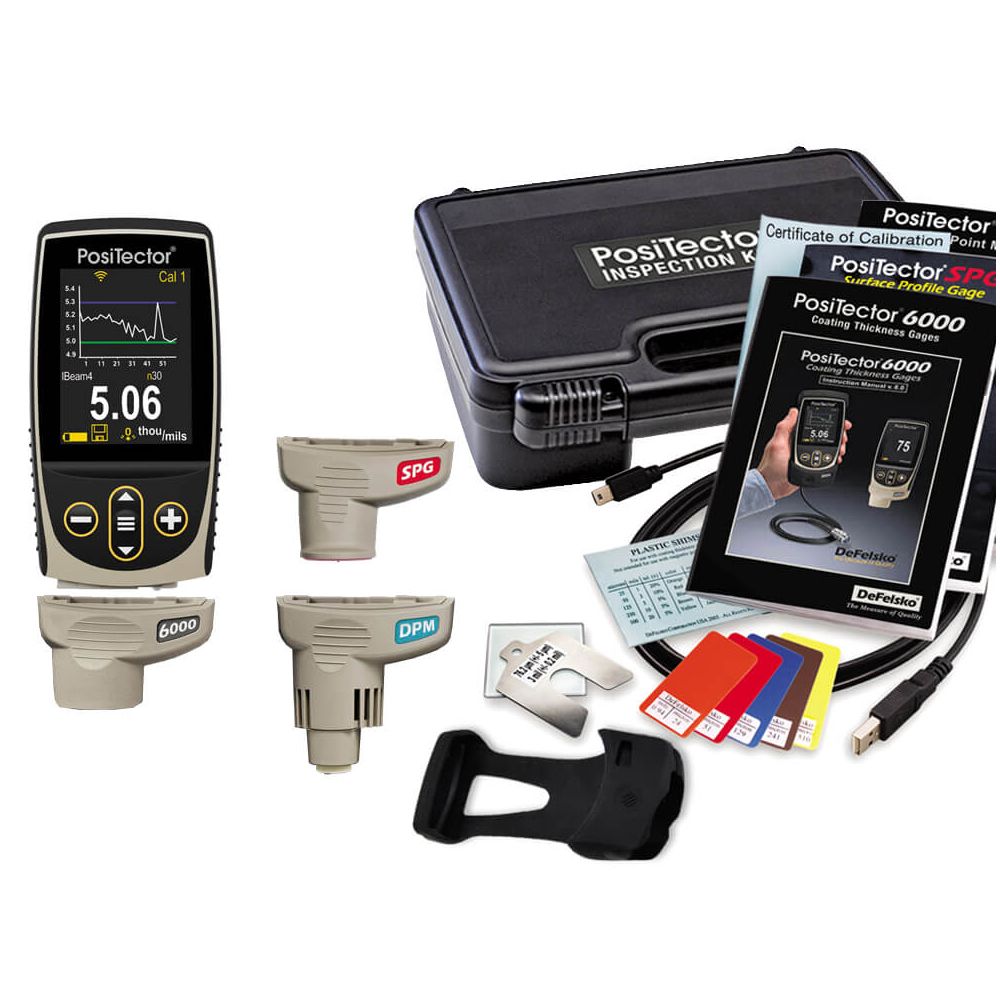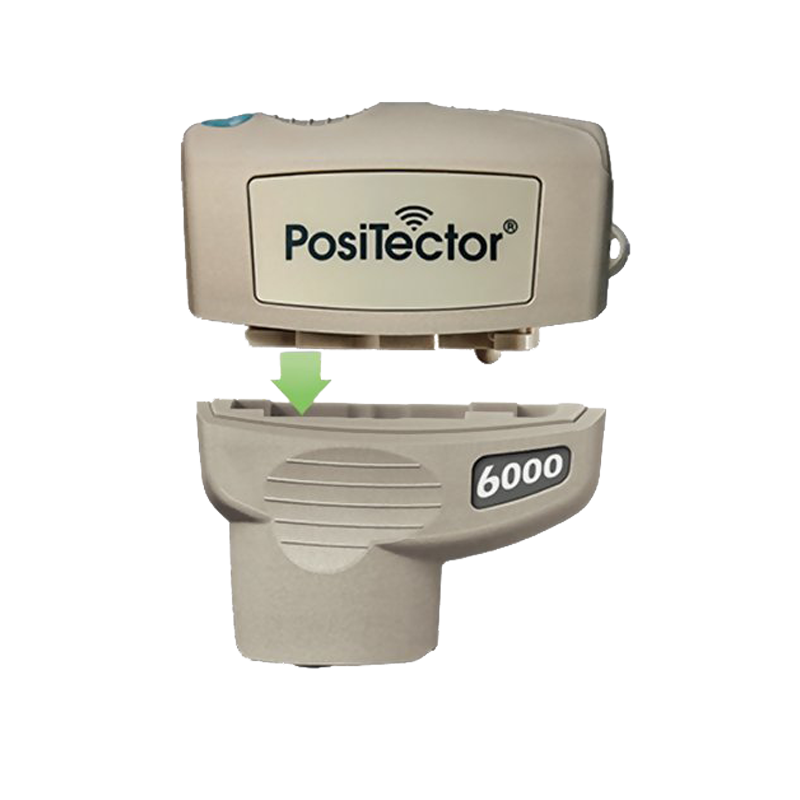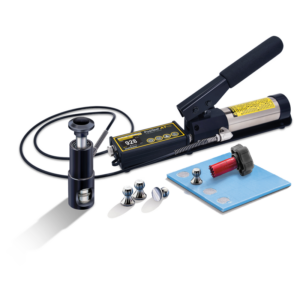Ultrasonic Thickness Gauges Buying Guide
Ensuring the structural integrity of your assets requires the right tools. Ultrasonic thickness gauges (UTGs) play a vital role in non-destructive testing, helping detect corrosion, erosion, and other flaws in various materials. Here at BlastOne, we understand the importance of choosing the most suitable UTG for your specific needs. This comprehensive buying guide dives deep into the strengths and limitations of popular PosiTector UTG models like the UTG C (general corrosion), UTG M (thru-paint), UTG CLF (cast iron), and UTG P (precision).
Whether you’re a seasoned inspector or just starting your journey in material health assessment, this guide equips you with the knowledge to confidently select the UTG that optimizes your efficiency and guarantees accurate results. We’ll navigate the different UTG options, highlighting their advantages and considerations to ensure you find the perfect solution for your corrosion or erosion assessment needs.
 My Account
My Account

